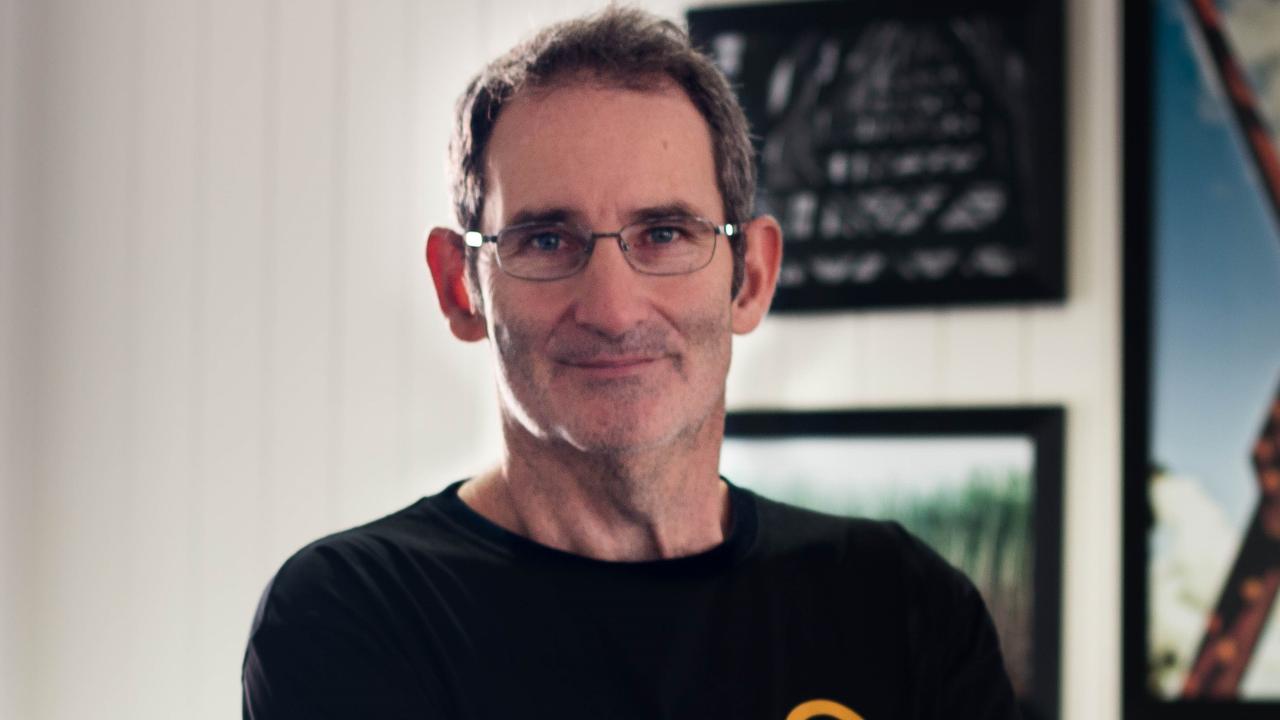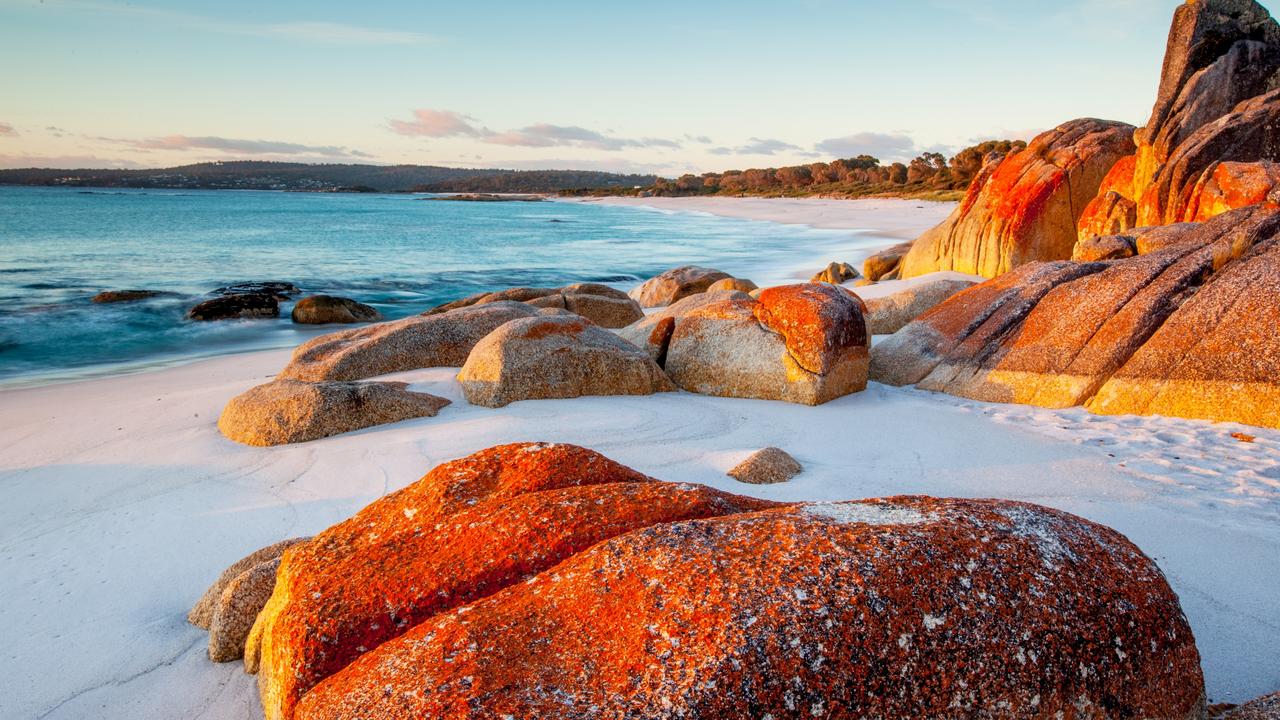Santos’ maps out plans to become a green gas giant
Santos boss Kevin Gallagher walks a fine line but he insists gas is here to stay – for now.
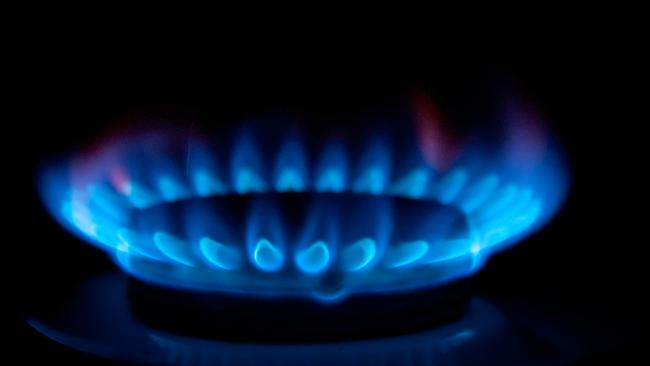
Business
Don't miss out on the headlines from Business. Followed categories will be added to My News.
Santos’s straight-talking Scottish boss, Kevin Gallagher, needs to walk a fine line as he presses the need for Australia to open up more of its carbon-intensive gas reserves today while speeding up a green shift inside his energy giant.
Gallagher described a global gas market under extreme pressure following years of underinvestment and more than a decade of “energy policy failure” spurred on by a good dose of climate wars. In short, he says today’s market stresses can’t be blamed all on Russia’s invasion of Ukraine.
But with global energy markets at a tipping point so is Santos which is soon to hit its 70th anniversary.
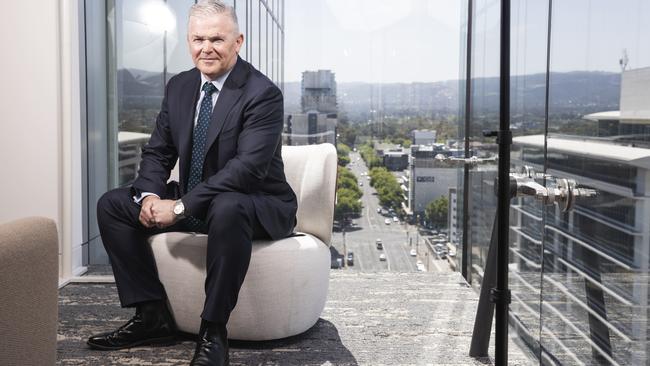
While maintaining – indeed even growing – its gas and oil output over coming decades, Santos wants to use its existing infrastructure from depleted and massive Moomba fields in Central Australia to ramp-up its carbon capture and storage (CCS) capacity.
While others are talking a big game around green hydrogen doing the heavy lifting on the path to net zero emissions, Gallagher points out trillions of dollars first needs to be spent even getting hydrogen to the starting line.
Santos’ history is steeped in oil and gas, but now he wants investors to think of the company as a “transition energy company”.
Here Santos plans to develop a lucrative CCS business as well as the financial infrastructure around this including credits as well as transportation of carbon. Santos will ultimately be able to more than offset the carbon its gas fields are generating, which means his “green gas” will be more attractive to countries looking for ways to cut their carbon emissions.
He says CCS is the only proven solution to reduce carbon emissions in the atmosphere and Santos has been storing gas underground at its giant Moomba fields for decades and more recently at the Bayu-Undan field in the Timor Sea.
The opportunities around CCS are behind Gallagher’s decision to split Santos into two businesses with its green energy solutions arm alongside its existing brown oil and gas operations.
This will deliver clear visibility around the green potential for Santos and potentially put the company on the path for a spin-out if the green gas business builds its own momentum. Gallagher says CCS is the best answer we have in quickly moving toward a lower emission world, particularly as 80 per cent of the world’s energy supply today generated by either gas, oil, or coal.
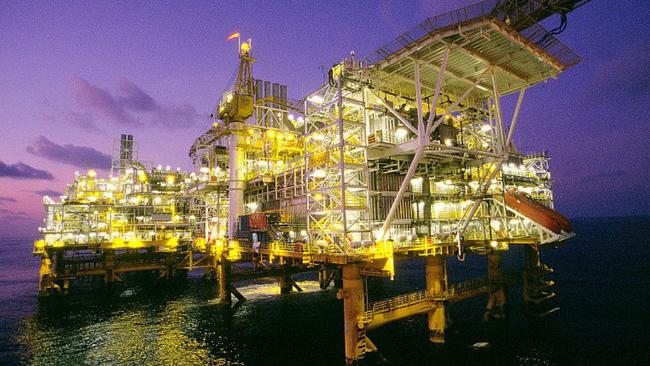
He points out there are over 80 CCS projects being developed around the world and many more planned.
While the rush to renewables looks great on paper but customer want certainty of supply and low cost energy.
There’s a good reason for this, Gallagher says. “The low emissions technologies, the clean energy infrastructure required are simply not available,” he says.
As he points out these energy sources can’t be replaced immediately or without significant disruption to either reliability pricing.
“I believe that (transition) strategy will deliver a sustainable production and strong cash generation business for many years to come”.
The CCS shift doesn’t mean Santos will be sitting still in its traditional oil and gas business, with the energy major ready to take advantage of acquisitions when they arise – including the recent Oil Search deal. He also will continue to push for approval of the stalled Narrabri gas project in NSW which he says will be used to supply 100 per cent of the domestic gas market.
The challenge Gallagher faces is he needs to convince big global investors to back his transition strategy as the right green opportunity to chase even while Santos is tainted with gas and oil production. At the same time he also needs to win over financiers including banks and bond markets in order to continue funding for new gas development projects.
He points out producers and lenders have slowed or stopped putting money in new oil and gas projects and this needs to change for a sustainable transition.
He says he already has a lot of strong interest overseas from investors for bankers around the attractiveness of the new Santos. But Gallagher is serious about his growth intention, arguing the shift has to be more than an easy green solution.
“I’m only going to build it if it makes money. I’m not building it just to have a defensive emissions reduction arm,” he says.
Housing warning
James Hardie’s new chief Aaron Erter has given his rivals at Boral and CSR a sobering taste of things to come as surging interest rates in the US triggers a housing slowdown that is unfolding at a faster-than-expected pace.
Given three-quarters of James Hardie’s sales are now generated in North America, the company that specialises in cladding, walls and floors is much more sensitive to changes to growth in the US economy. But there’s little room for complacency with early signs from James Hardie that an interest rate-linked slowdown could also be starting to bite here as well.
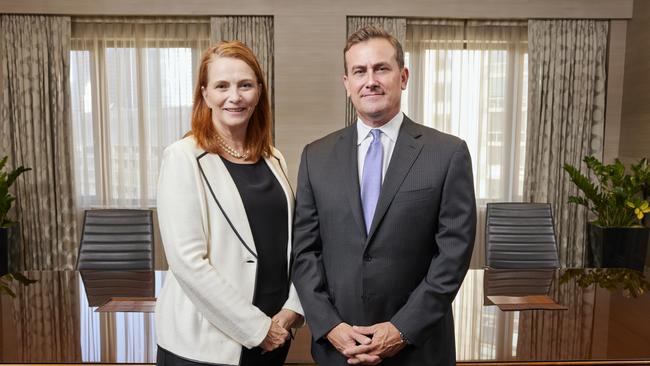
Marking its second profit warning in three months, James Hardie offered a new full-year profit range of between $US650m and $US710m. ($1bn to $1.1bn). In August James Hardie was tipping $US730m to $US780m, a range it has downgraded from the May result.
Earlier Tuesday James Hardie shares were off more than 14 per cent, sinking to a two-and-half year low. Rival Boral – which in recent years has exited is North American business – was off nearly 3 per cent bucking a broadly stronger marker while CSR was down 2.5 per cent
Much of James Hardie’s hit is due to slowing in housing construction across North America after the US Federal Reserve issued four back-to-back 75 basis point interest rate hikes. Erter also warned housing construction expectations for the remainder of the financial year there have fallen sharply. Just a few months ago the company was cautiously optimistic over the US housing market showing how quick confidence can change.
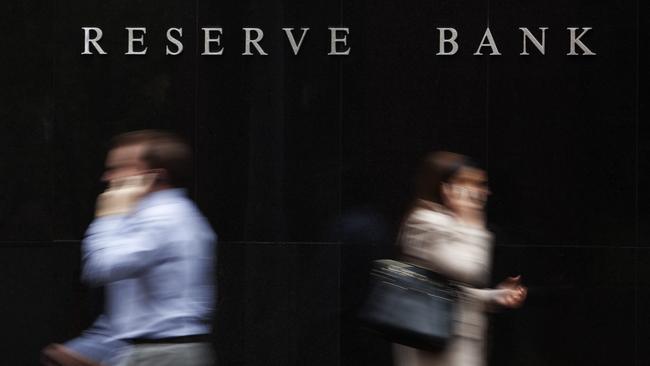
Worryingly, James Hardie also said there were early signs customers in Australia are starting to ask for lower inventory levels given the uncertain housing outlook. In addition, labour shortages and unfavourable weather conditions are constraining housing market activity.
Market economists expect the Reserve Bank of Australia to hike rates from the current level of 2.85 per cent to as much as 4 per cent by mid-next year. Already, forward indicators of housing construction in Australia are pointing to a downturn with new housing approvals down nearly 17 per cent on the year.
The key difference is the pace of US rate hikes has been quicker with inflation running hotter although this has raised the risk the US economy could slip into a recession next year.
The Chicago-based Erter took charge of the building materials group just a little over two months ago joining from consumer goods contract manufacturing major PLZ.
On Tuesday he was insisting James Hardie is on the right path despite the slowdown as the manufacturer pushes through inflation-linked price rises and skews away from high volume, but low margin products.
New boss, same energy
Still the coming year is going to be a test for Hardie’s ambitious “premiumisation” strategy developed under previous chief executive Jack Truong before he was forced out by the board earlier this year.
Here Hardie has been marketing itself directly to consumers and building contractors in the hope of building brand awareness in its housing products. For anyone who has watched the home renovation reality series The Block, James Hardie’s cladding and branding has been everywhere.
By becoming a brand of choice, Hardie is betting it can resist the whims of market discounting and protect its profit margins.
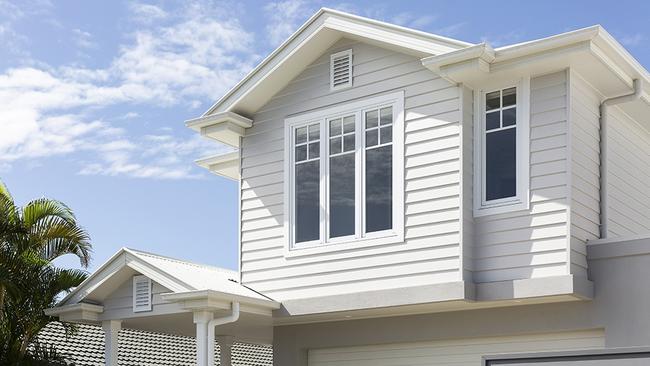
The bigger headache is James Hardie’s North American rivals are already increasing capacity in the face of a rapidly cooling market before it has been able to get serious traction on its branding strategy.
Still, Erter is not fazed by the slowdown.
“We’re going to continue to focus on what we need to control. As I came in here I was impressed. The team already had a certain look into scenarios … and we’ve probably accelerated some of those scenarios sooner than we thought,” he said.
“We’re going to continue to make sure we’re focusing on the right growth initiatives … But we’re also going to respond to the slowing market conditions where we see necessary.”
He also held the line over being drawn back to discounting which has made James Hardie a cyclical proposition in recent years.
“With the homeowner, for the customer and the contractor, we have to provide an outstanding product, which we do, and outstanding service. So if you’re asking, are we going to go out fight on price? The answer is going to be no, we’re going to continue to provide that value proposition that customers all along that supply chain.”
johnstone@theaustralian.com.au
More Coverage
Originally published as Santos’ maps out plans to become a green gas giant




